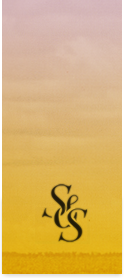
The controlled chaos of multimedia artist Brandon Locher was last explored here in 2013. Brandon took us through Mazes to the Motherload, his ongoing series of otherworldly, monochromatic drawings, as well as his sonic endeavors with The Meets ensemble and beyond. Today brings an update to Mazes, alongside a dazzling new instrumental. “Medium Frequency” is subtle yet atomic—much like its cover art above. The pulse (aptly noted by Decoder) remains fixed as an entire ecosystem unravels and multiplies. Strings and horns squiggle about in bliss.
Somewhere in that feature we asked Brandon if we ever find our way to the Motherlode, to which he replied:
“Hopefully embedded within these illustrations lies a personal topographic blueprint for the vision and self creation of even smaller moons, larger galaxies, and realized worlds… I don’t think I will ever find the Motherlode because I believe it’s more than just one thing. It’s about here and now.”
With this in mind, below is a collection of his most recent labyrinths. Regarding the new set, he adds:
“Since the New Year my studio practice has become much more introspective with my own individual journey. Producing music under my own name has allowed myself the permission to become completely honest with my new recorded works. From the very beginning my music has always been rooted in a self-produced vision and lately I’ve felt such an enhanced clarity and boundless freedom. I also continuously work on several visual art pieces for my ongoing drawing portfolio Mazes to the Motherlode while I am making new sounds in the studio. I quietly loop subtle patterns and repetitions while I draw for hours. I never force my musical ideas and always allow them to develop organically. Often my best sonic ideas come to mind while producing these abstract drawings.”
Thanks Brandon, here’s to many more.




